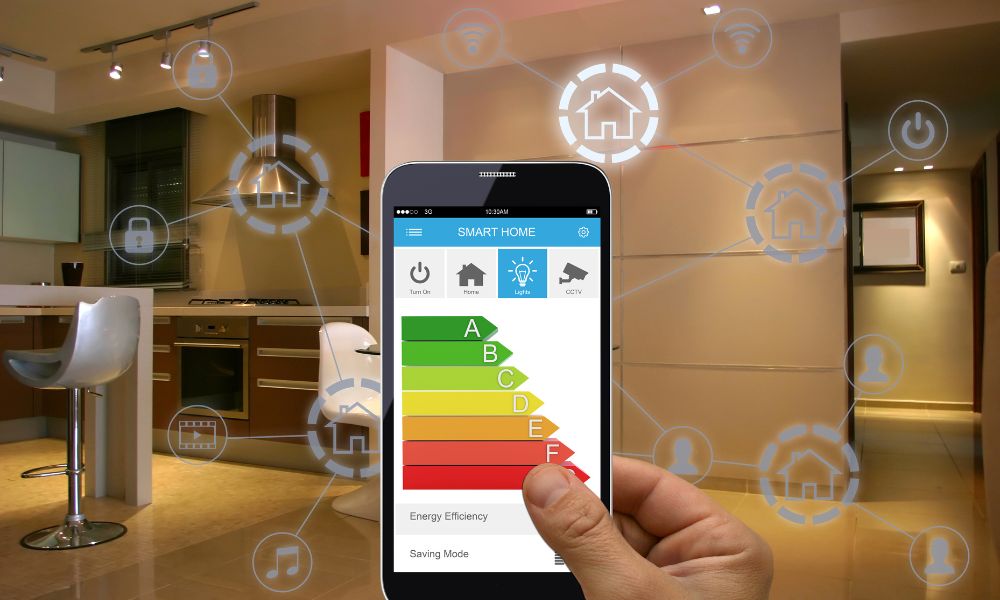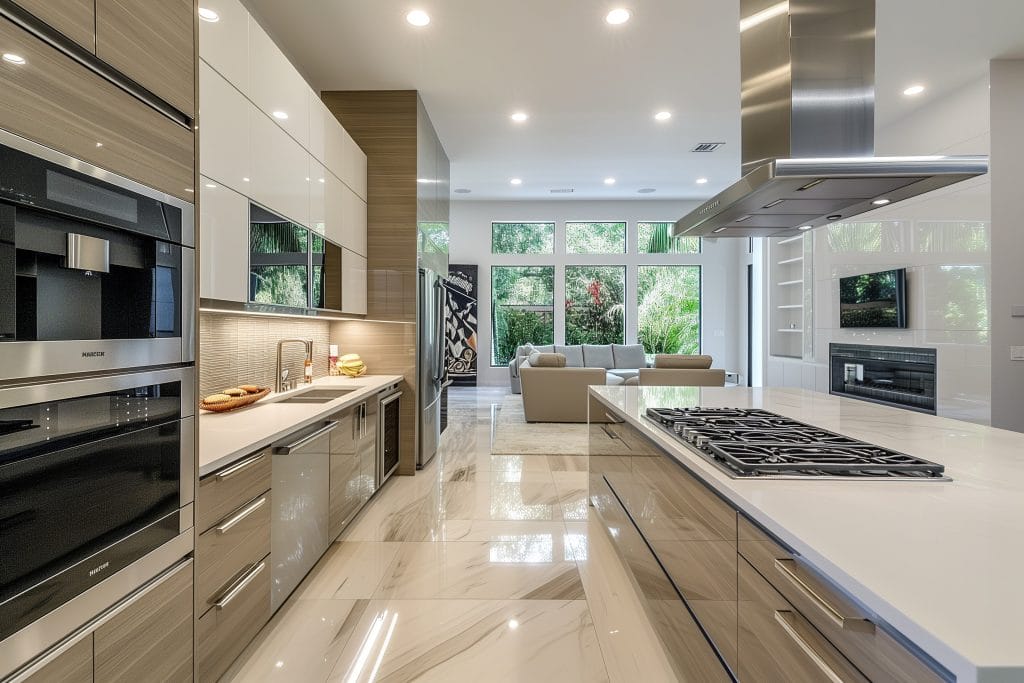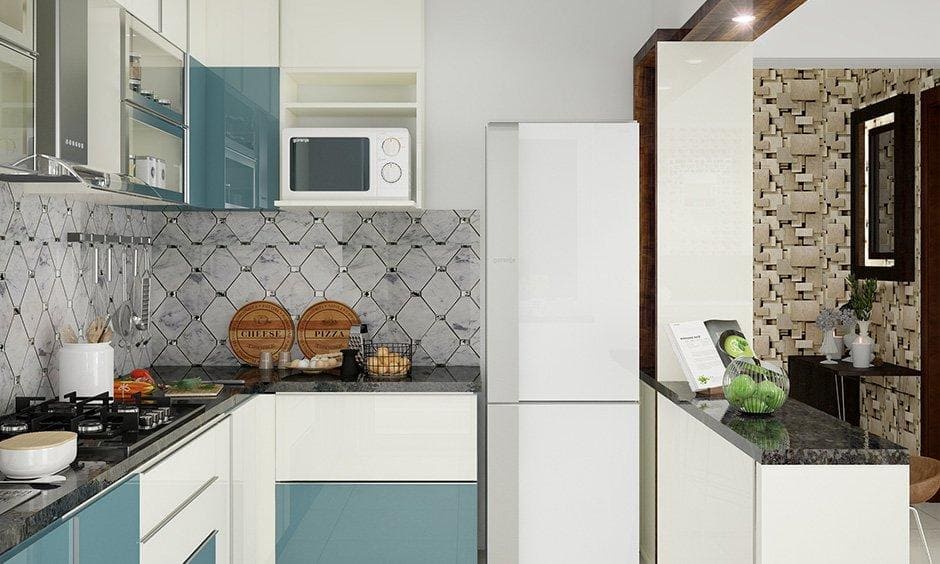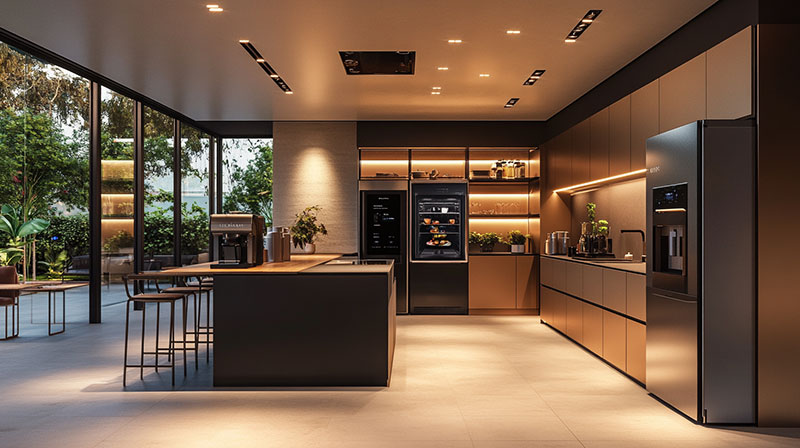In recent years, home automation has transformed the way we interact with our living spaces. With the advent of cost-effective and versatile devices like the Raspberry Pi, creating a smart home is more accessible than ever. This article explores how you can leverage a Raspberry Pi to automate various aspects of your home, enhancing convenience, security, and energy efficiency.

What is Home Automation?
Home automation refers to the use of technology to control and automate household systems and appliances. This can include anything from lighting and heating to security systems and entertainment devices. The goal is to create a seamless and efficient living environment that can be controlled remotely or autonomously.
Why Choose Raspberry Pi for Home Automation?
The Raspberry Pi is a small, affordable computer that can be used for a multitude of projects, including home automation. Its low cost, flexibility, and vast community support make it an ideal choice for DIY enthusiasts looking to automate their homes.
Cost-Effective Solution
Compared to commercial home automation systems, using a Raspberry Pi is significantly more affordable. You can customize your setup to suit your needs without breaking the bank.
Flexibility and Customization
With a Raspberry Pi, you have the freedom to design a system that meets your specific requirements. Whether you want to control your lights, thermostat, or security cameras, the possibilities are endless.
Community Support
The Raspberry Pi has a large and active community of developers and hobbyists who share their projects and provide support. This means you can find a wealth of resources and tutorials to help you get started.
Getting Started with Raspberry Pi
Before you begin, you’ll need to gather the necessary components for your home automation project. Here’s a basic list to get you started:
Raspberry Pi Kit
You’ll need a Raspberry Pi board, power supply, microSD card, and case. Consider purchasing a kit that includes all these components for convenience.
Peripherals and Sensors
Depending on your project, you may need additional peripherals such as sensors, relays, and cameras. These components will help you interact with and control various devices in your home.
Software Setup
Once you have your hardware, it’s time to set up the software. The Raspberry Pi runs on a Linux-based operating system called Raspbian, which you can download and install on your microSD card. You’ll also need to install any necessary libraries and software for your specific automation tasks.
Popular Home Automation Projects with Raspberry Pi
Here are a few popular home automation projects you can undertake with a Raspberry Pi:
Smart Lighting
Automate your home’s lighting system to turn lights on and off based on schedules or occupancy. You can also control the lights remotely through a smartphone app.
Security System
Create a DIY security system with cameras and motion sensors. Receive alerts on your phone if any unusual activity is detected.
Climate Control
Manage your home’s heating and cooling system with a smart thermostat. Optimize energy usage and save on utility bills by adjusting settings remotely.
Integrating Voice Control
Voice control is an increasingly popular feature in home automation. By integrating your Raspberry Pi with voice assistants like Alexa or Google Assistant, you can control your devices with simple voice commands. For more details on how to achieve this, check out our [voice control guide](https://autofx.com/voice-control-in-home-automation/) .
Challenges and Considerations
While home automation with a Raspberry Pi offers many benefits, there are some challenges to consider:
Technical Knowledge
Setting up and maintaining a home automation system with a Raspberry Pi requires some technical knowledge. Be prepared to spend time learning and troubleshooting.
Compatibility
Not all devices are compatible with Raspberry Pi-based systems. Research the compatibility of your existing devices before starting your project.
Security
As with any connected system, security is a concern. Ensure your home automation network is secure by using strong passwords and keeping your software up to date. For more tips, visit our [network troubleshooting guide](https://autofx.com/troubleshooting-smart-home-networks/) .
Conclusion
Home automation with a Raspberry Pi offers an exciting opportunity to create a smart and efficient living environment. With the right components and a bit of technical know-how, you can customize your home to suit your needs and preferences. Start small and expand your system over time as you gain confidence and experience. If you’re curious about more ways to enhance your home, check out this [external resource](https://www.nar.realtor/magazine/real-estate-news/technology/23-ways-to-automate-your-smart-home-experience) .

FAQ
What is the main advantage of using a Raspberry Pi for home automation?
The main advantage is its cost-effectiveness and flexibility, allowing you to customize your home automation system without a significant financial investment.
Can I integrate my existing smart devices with Raspberry Pi?
Yes, many existing smart devices can be integrated with a Raspberry Pi, but it’s essential to check for compatibility before starting your project.
Is technical knowledge necessary for setting up home automation with Raspberry Pi?
Some technical knowledge is beneficial, but there are numerous resources and tutorials available to help you learn and troubleshoot.





